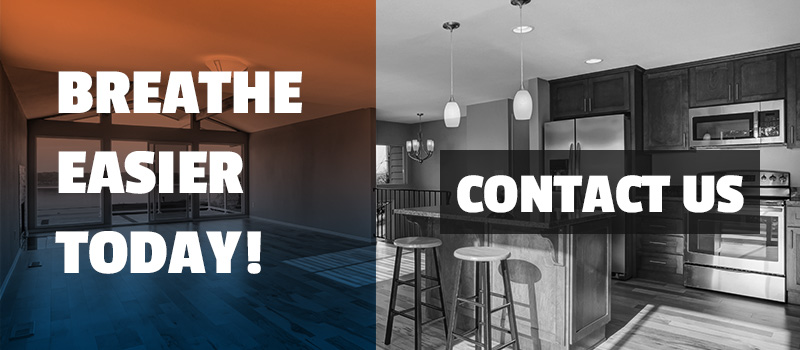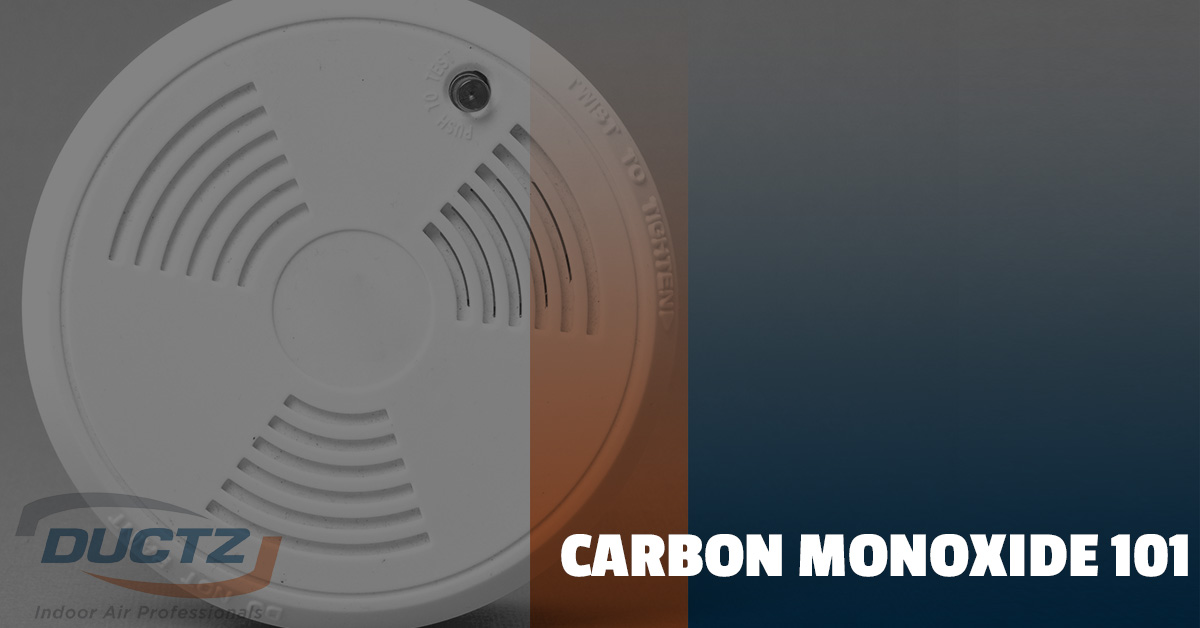Cool weather is on its way, and even though Florida doesn’t get as icy as states up north, we still get chilly, and our humidity can make lower temperatures especially potent. That means thousands of people are turning on their furnaces and boilers, depending on them to inject warmth into their homes. However, with furnaces and boilers comes the danger of carbon monoxide.
Carbon monoxide is the leading cause of poisoning deaths in the nation. Colorless, odorless, and able to poison people quickly, it is not a danger to be taken lightly. There are several different sources of carbon monoxide in the common home, which is why it is so important to have a detector on each level of your home, as well as beside each sleeping area.
COMMON CARBON MONOXIDE LEAK LOCATIONS
Any appliance that burns propane, charcoal, natural gas, oil, or wood can cause carbon monoxide poisoning. While people are quick to think of furnaces and boilers (and rightly so), there are other sources of carbon monoxide worth considering. They include the following:
- Fireplaces
- Ranges and grills
- Generators
- Water heaters
- Cars
- Lawnmowers
- Appliances with pilot lights
TIPS FOR KEEPING YOUR DETECTORS EFFECTIVE
- Replace the batteries twice a year, especially before heating season.
- Test the detectors once a month and keep them clean with a can of compressed air or a gentle vacuum
- Get chimneys and flues inspected and cleaned every year.
- Keep your furnace or boiler maintained by a professional who can spot leaks.
- Make sure exhaust from any carbon monoxide-generating process can escape your home by ensuring your chimneys and outdoor vents are free of snow, ice, debris, and nests.

KNOW THE SIGNS OF CARBON MONOXIDE POISONING
Part of what makes carbon monoxide so dangerous is that it doesn’t cause dramatic symptoms right off the bat. Signs of poisoning can be written off as symptoms of harmless issues. The key to staying safe is understanding what those symptoms are and combining that knowledge with detectors.
MODERATE SYMPTOMS OF CARBON MONOXIDE POISONING
- Dizziness
- Headache
- Nausea
- Shortness of breath
SEVERE SYMPTOMS OF CARBON MONOXIDE POISONING
- Mental confusion
- Vomiting
- Loss of consciousness
- Loss of coordination
- Brain and heart damage
- Death
KNOW WHAT TO DO
Once you know the signs of carbon monoxide poisoning, the last step is to ensure that you know what to do if you or your loved ones start to experience them. The first thing to do is get out of your home. Have a pre-determined location for everyone to meet outside where the air is fresh. Only after you have all of your family members accounted for should you call the fire department. Don’t go back inside until the home has been inspected and you’re given an “all clear” by professionals.
KNOW WHAT NOT TO DO
- Never use your stove or oven to heat your home.
- Never block ducts near clothes dryers, water heaters, or ranges.
- Never run a grill or generator indoors.
- Never leave your car running in a garage or an attached carport.
- Never use a grill near a window where fumes will get inside.
At DUCTZ, we work hard to keep the homes of Broward full of fresh, comfortable air. If you are concerned about any part of your HVAC system, contact us today for air quality testing!
